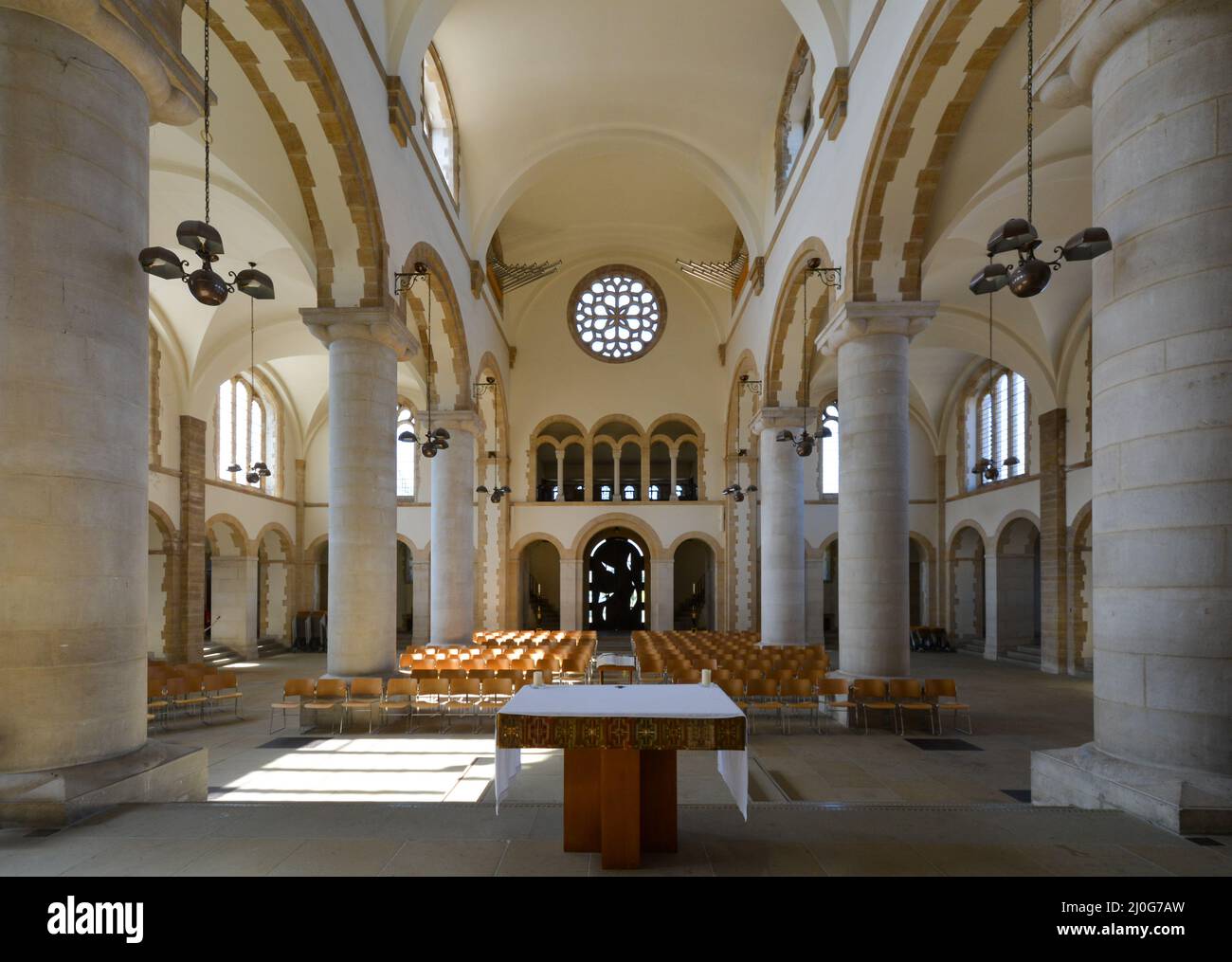The Church of England and the Catholic Church will likely survive at least until the second half of the century, according to a new report according to a new report from data modeller John Hayward.
A mathematician at the University of South Wales in Pontypridd, Hayward has published a report analysing the future of 13 UUK churches. He uses the ‘R’ value, referred to as the reproduction value, which was commonly used during the Covid-19 pandemic as a way to measure the virus’ growth rate, to measure the strength of denominations across the U.K.
Hayward has proposed in the past that churches grow much like infectious diseases, as a church will expand when members add new members through personal contact. If the ‘R’ value is below one, a church will eventually die out because conversions do not offset losses. If it is greater than one for a particular church, that church will grow.
He has estimated the reproduction value of both the Church of England and the Catholic Church between 0.9 and 1. Others, including the churches of Wales and Scotland, fare much worse in his model with values less than 0.75.
Hayward also estimated the extinction date of each church by factoring in loss of membership due to ageing.
“The Church of England and Catholics should last until the second half of the century. However, they need to take urgent action now. Stemming losses is not enough. None of us can prevent ageing,” he writes. “Sadly, the immediate future looks bleak for the Church in Wales, Church of Scotland, Episcopalians, Methodists, and older Welsh nonconformists.”
According to his model, both the Church of Wales and the Church of Scotland could be extinct within the next 30 years. He projects the Catholic Church and the Church of England to die out sometime between 2060 and 2070.
Hayward highlights churchmanship as a possible contributing factor, comparing churches that are more evangelical against those which are more liberal. “All the evangelical denominations are growing, except for the Brethren,” he writes. “By contrast, all the mixed denominations are declining, with the liberal ones declining the most. Is this because evangelical beliefs on judgement, salvation and Jesus as the only way drive their members to seek converts? Do liberal Christians have insufficient theological reasons to want to spread their faith?”
Age of the church is also a factor according to his analysis – 12 of the 14 churches included in his analysis were founded before 1900 have a negative growth rate, whereas all 5 of the churches found post-1900 are growing. “These rates suggested that decline and extinction are more likely in the older denominations. Maybe they are coming to the end of a lifecycle,” Hayward suggests.
In a follow-up report, Hayward points to what he calls “progressive ideology” as another potential cause of this decline, using support for same sex marriage as an indication of wheter a church holds these values. “The future of the progressive denominations is bleak. Despite the enthusiasm of leaders for the new ideology, they face division and despondency in the church and a faster decline,” he writes.
He concludes by suggesting that the future of Christianity lies in the more modern churches rather than the historic powers. “These products of the Reformation and Puritan times have run their course. They have fulfilled God’s purposes and are no longer part of his plan,” he writes. “God will work through the next cycle of denominations – Pentecostal and Evangelical ones, picking up the pieces left by the extinct historic churches.”



 Loading ...
Loading ...